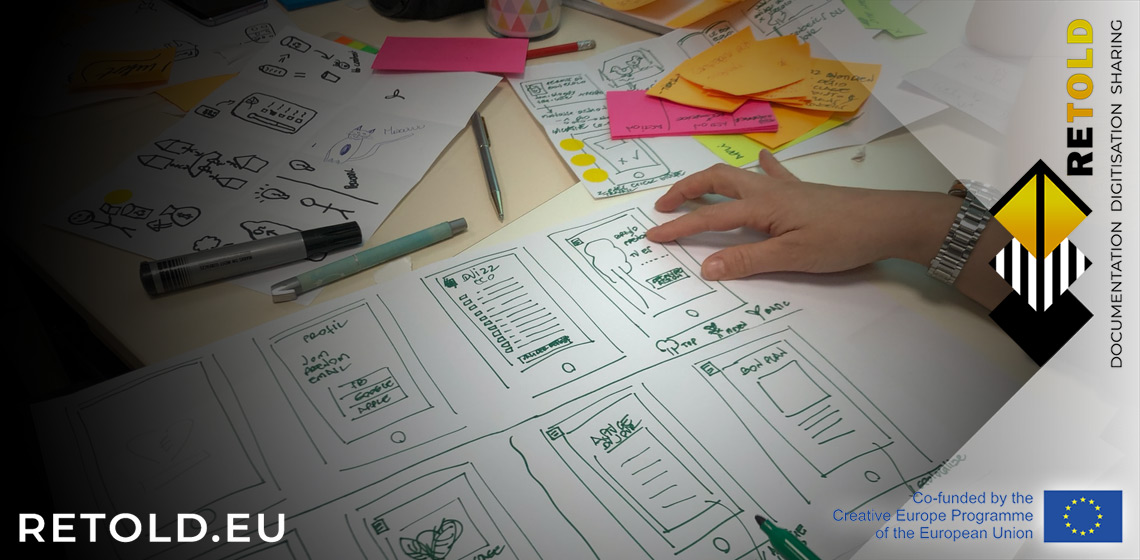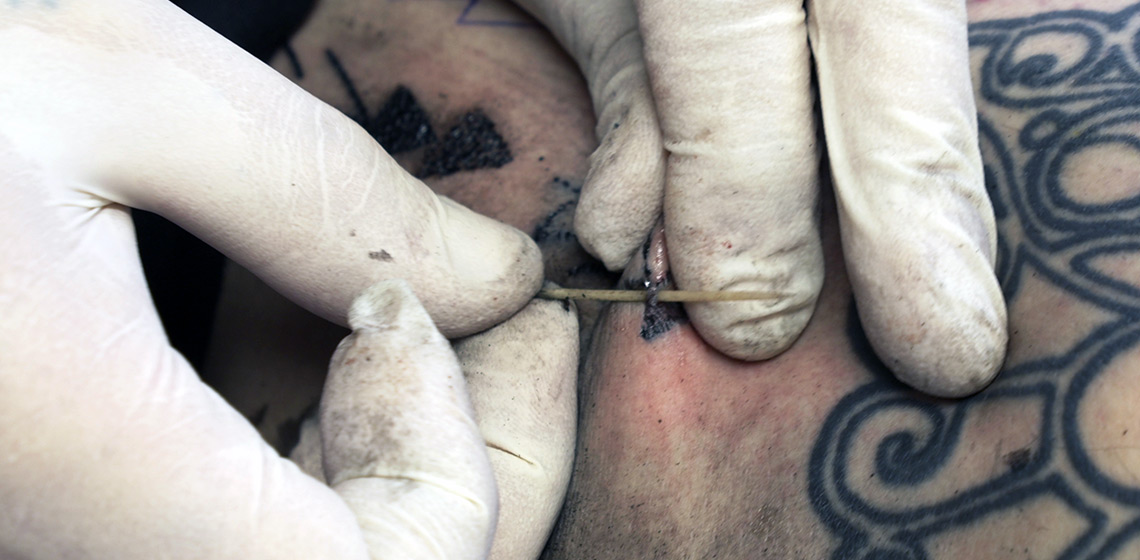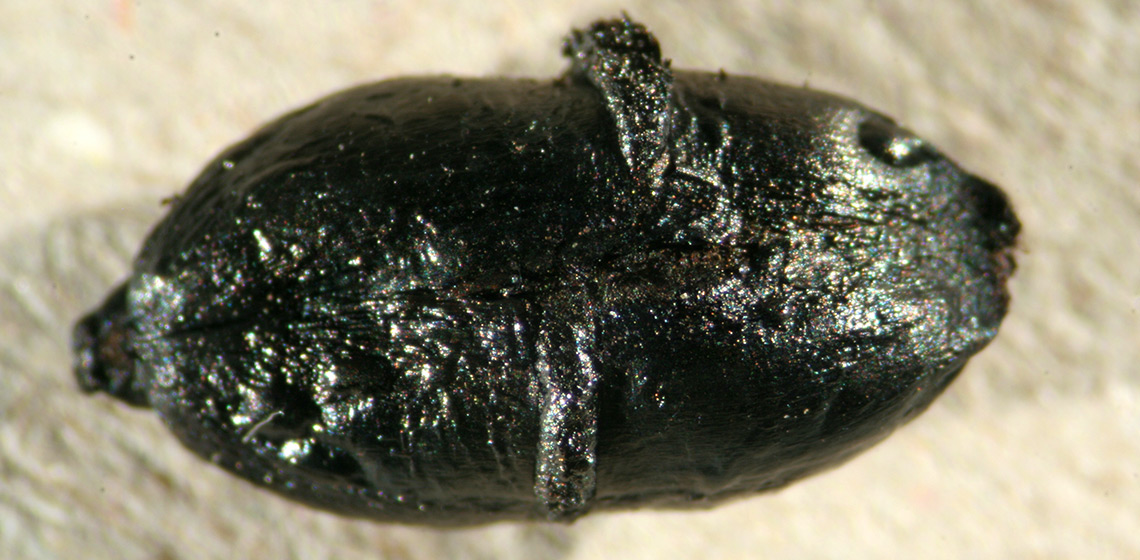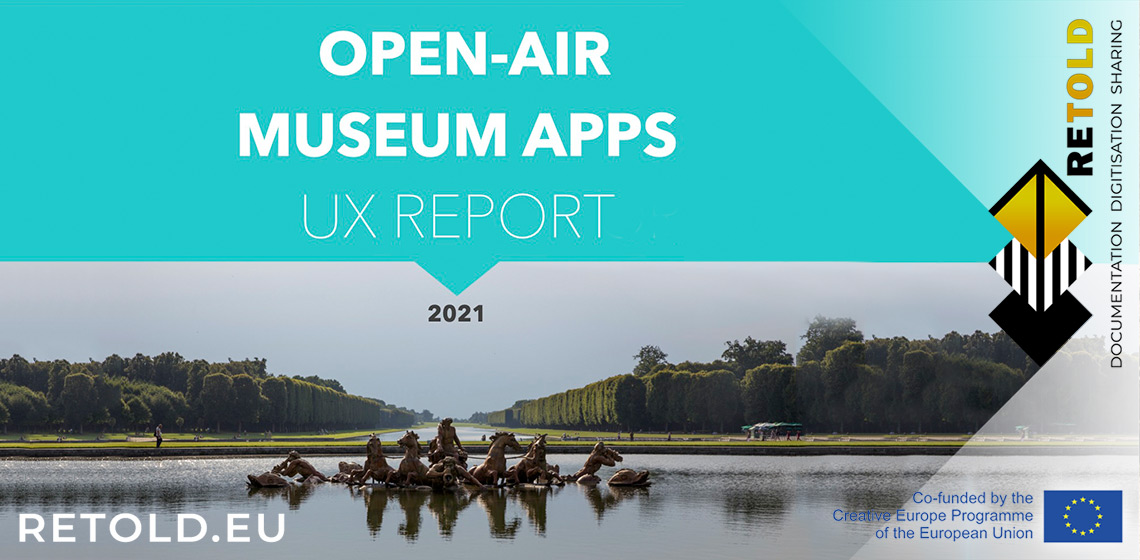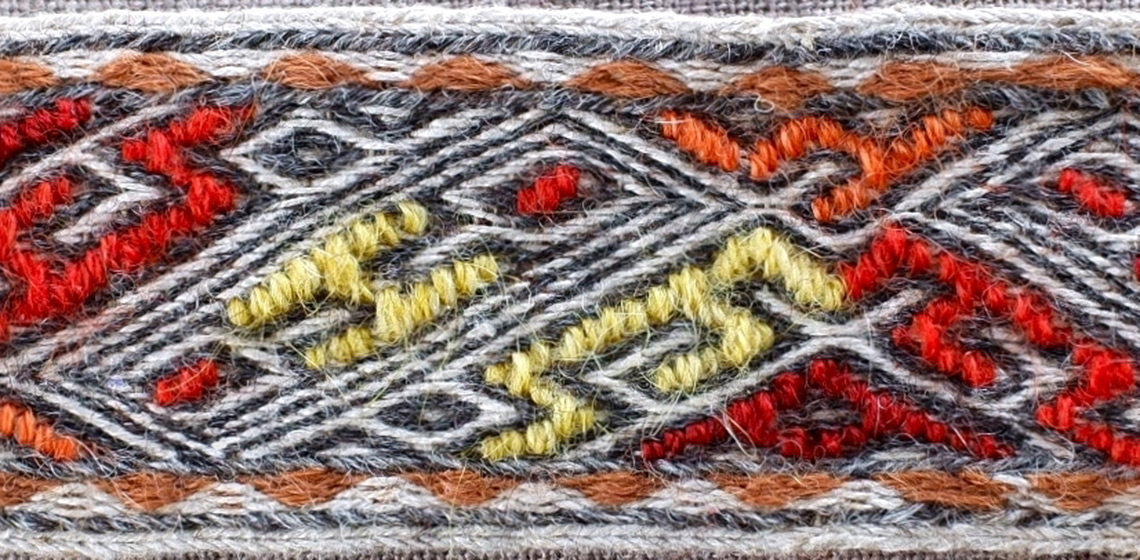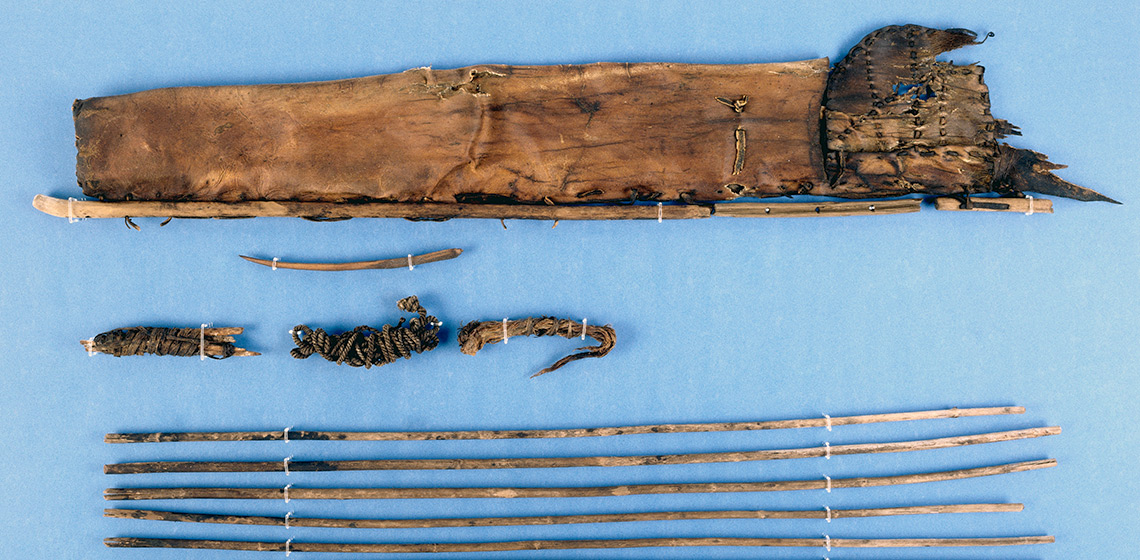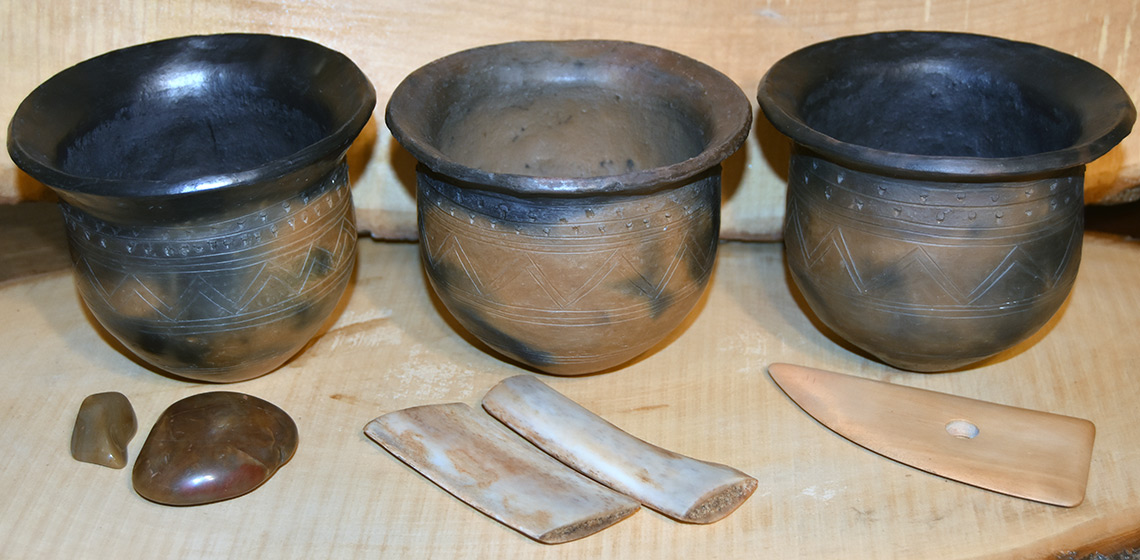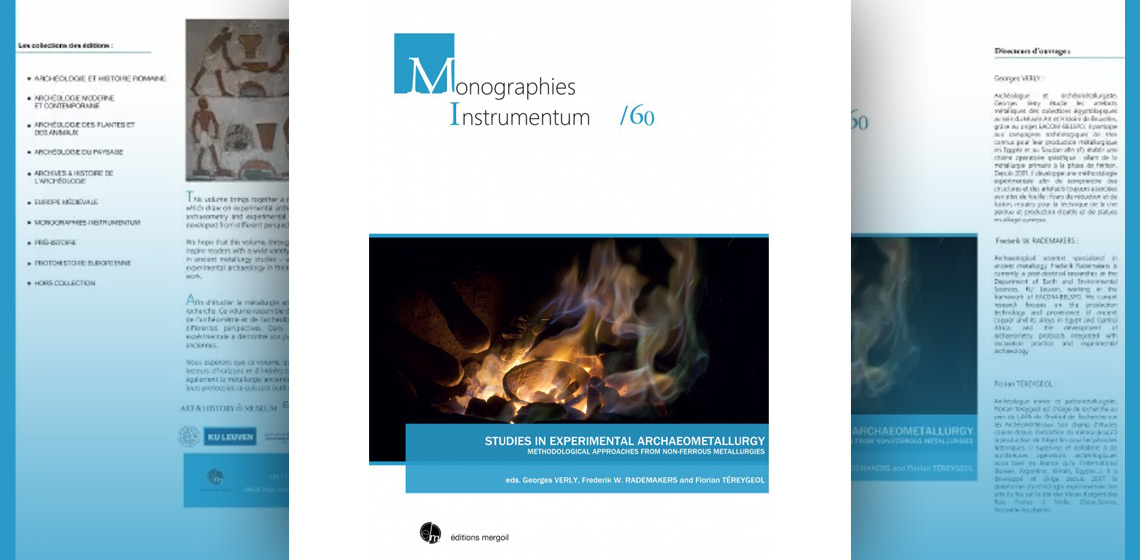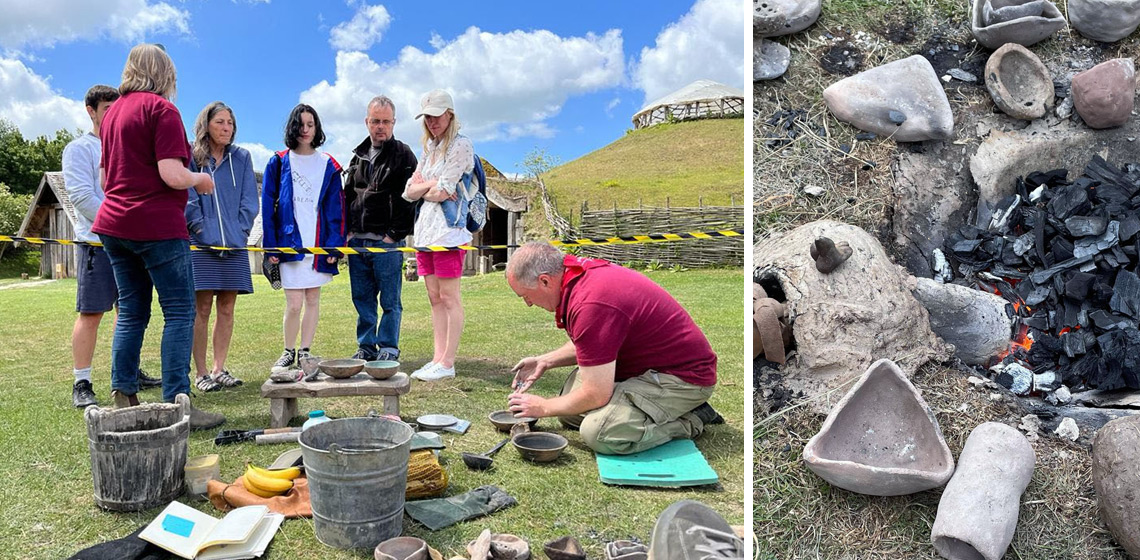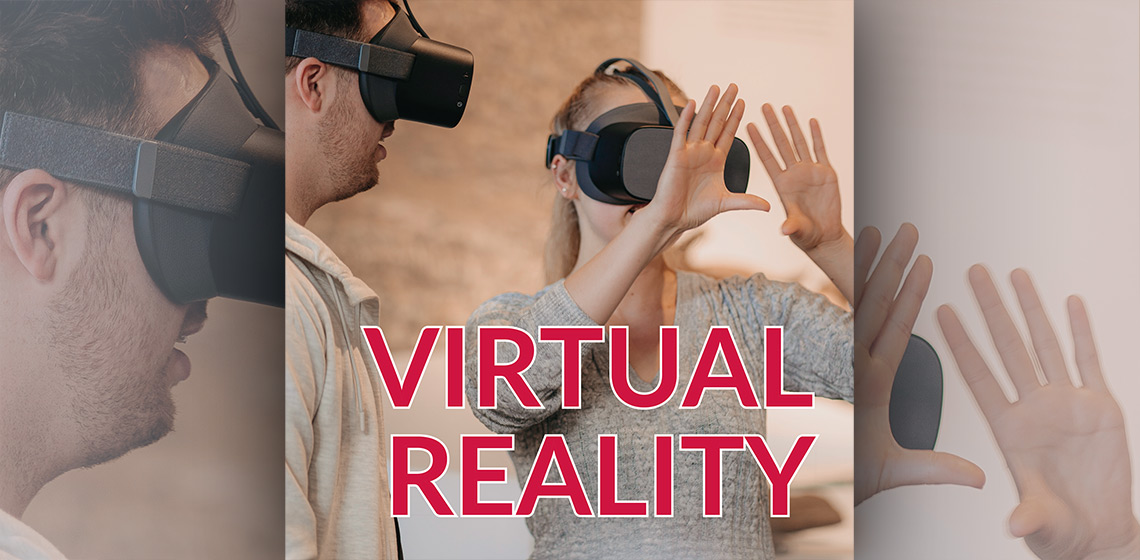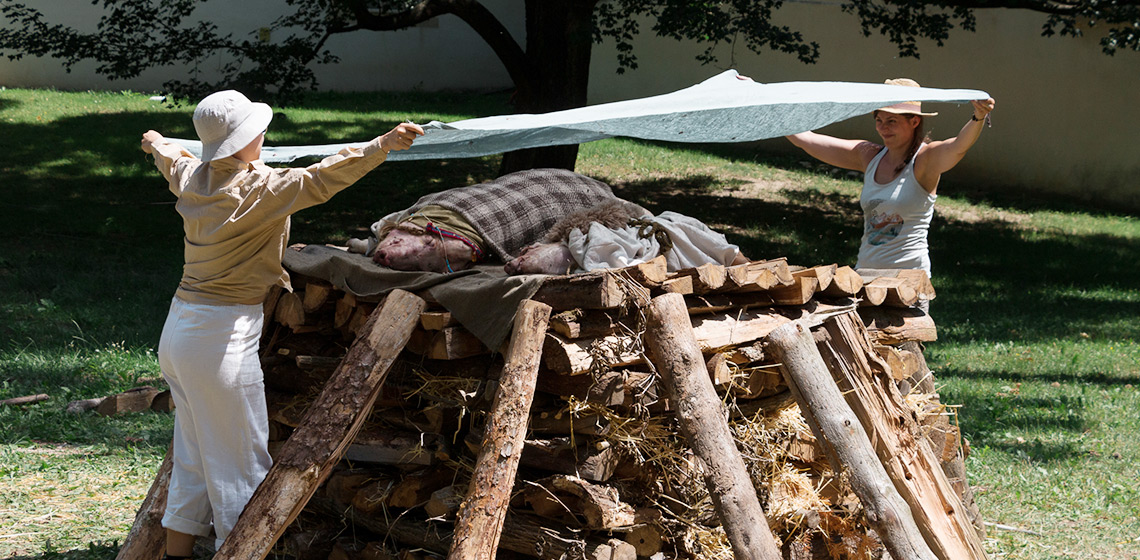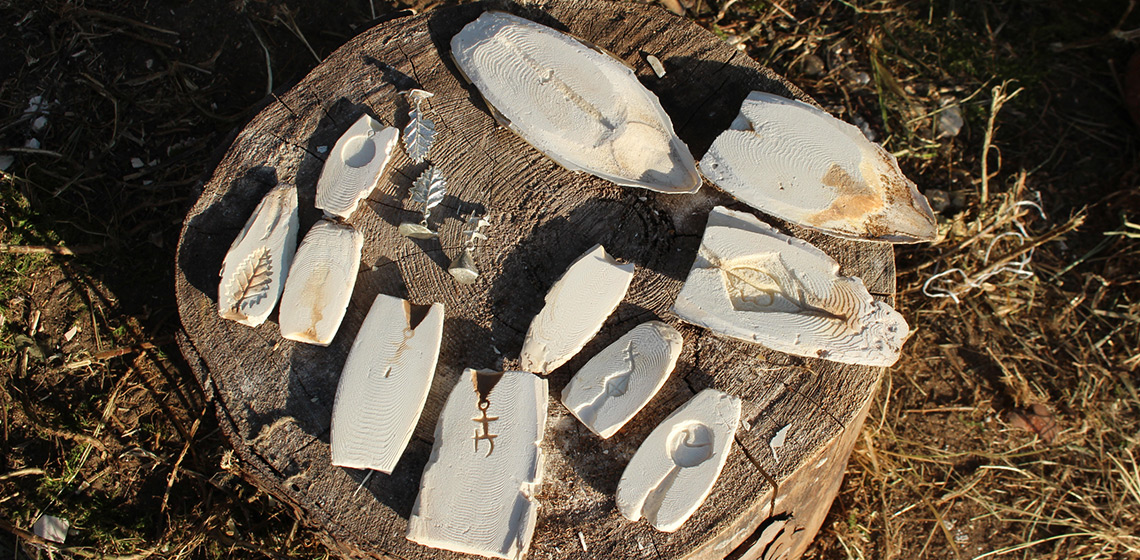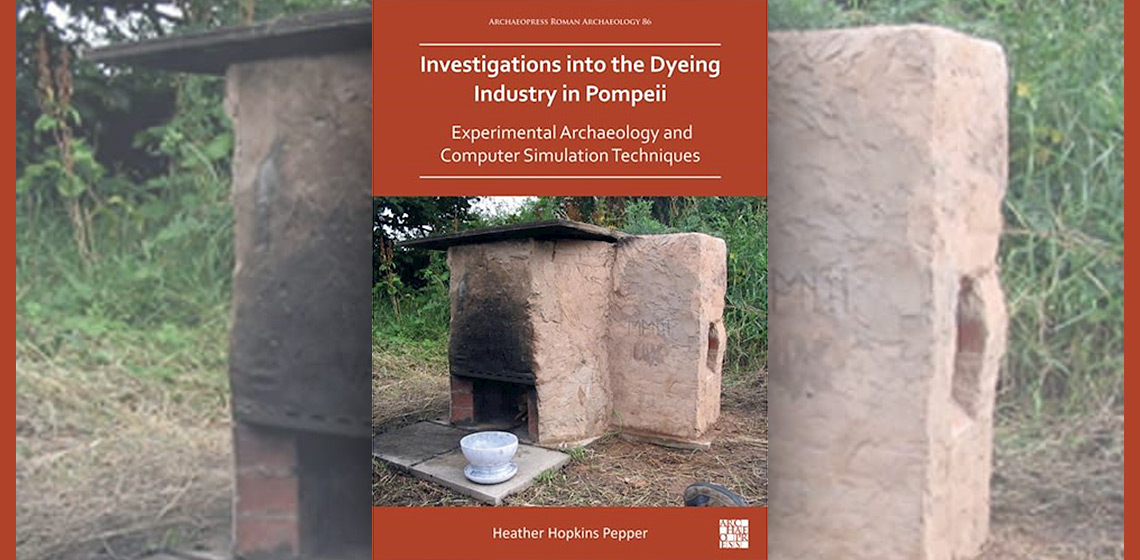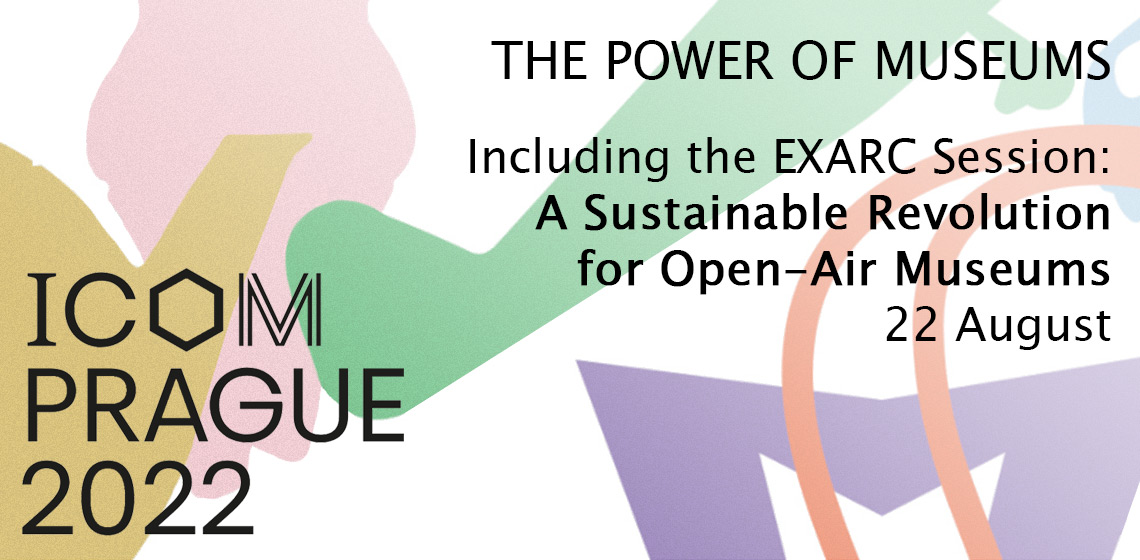EXARC Journal Issue 2022/3



15 Articles | DOAJ | Open Access
ISSN: 2212-8956
Publishing date: September 15, 2022
📄 EXARC Journal 2022/3 Table of Contents
Copyrights: EXARC, 2022
Listen in to the episode of "EXARC Extracts", where we provide you with a short summary of the articles in the latest issue of the EXARC Journal. Matilda Siebrecht summarises the reviewed articles from the 2022/3 issue of the EXARC Journal. It includes eight reviewed articles as well as seven unreviewed mixed matter articles.
Reviewed Articles
RETOLD: On the Way for a Digital Future of Documentation in Open-air Museums – User Requirements for Data Entry and a Management Product for the RETOLD-Project
Examining the Physical Signatures of Pre-Electric Tattooing Tools and Techniques
The Experimenter's Body: Movement as an Artifact
Pit Preserve from Ida – on the Problem of Charred Seeds from Prehistoric Pits
Introduction
A wild seed propagator and gardener (such as myself) relies on years of close human-plant interaction. The adaptability of domesticated and many wild plants to human economy and behaviour has always thrilled me. When I first read archaeological reports of frequent and large amounts of prehistoric charred seeds that were dumped in the ground I was bemused. It contrasted starkly with the care and sensitivity I use in the processes of seed harvest, drying and selection. So I started reading more and also charring seeds myself.


